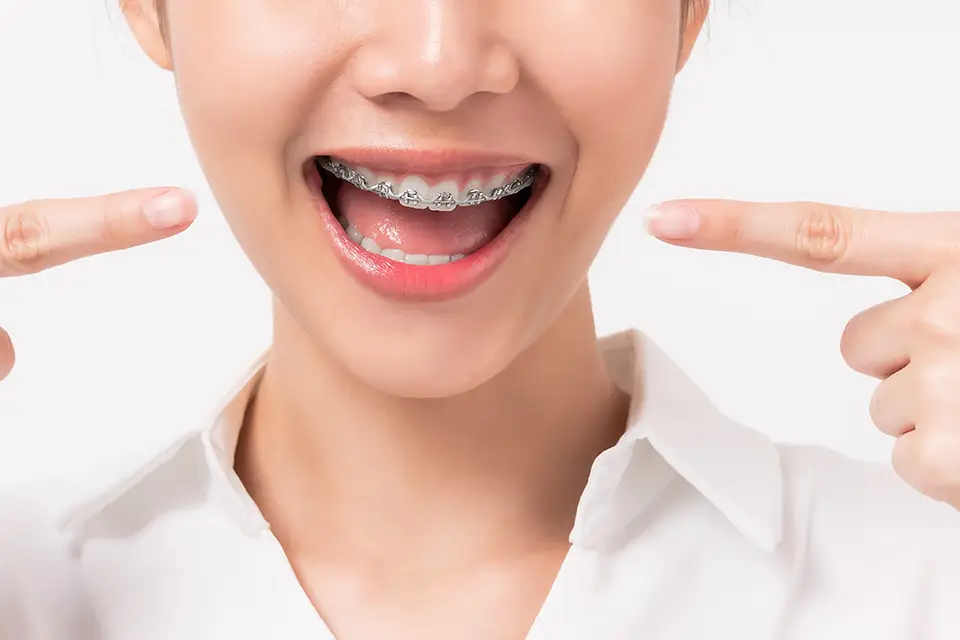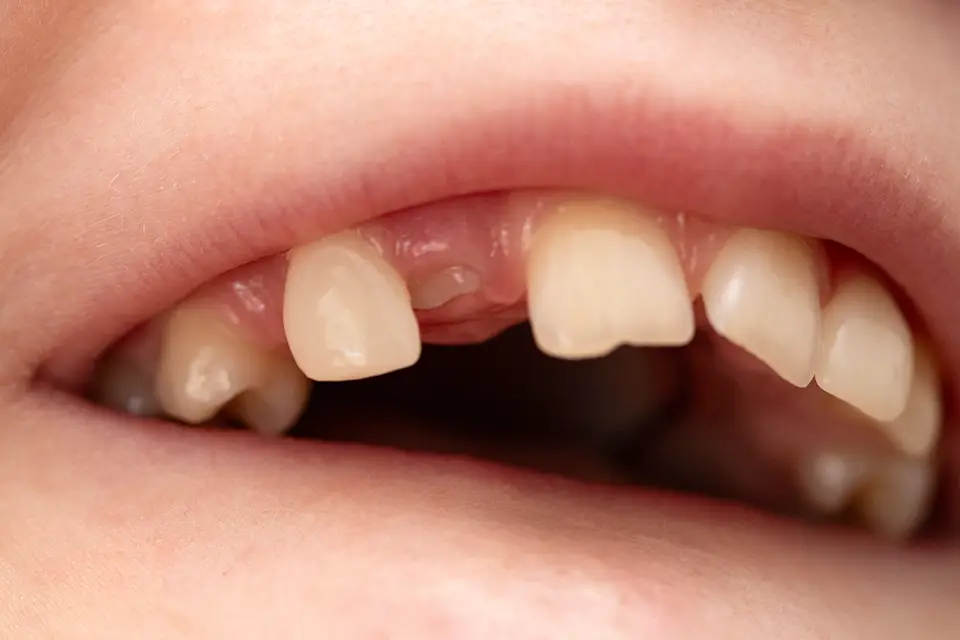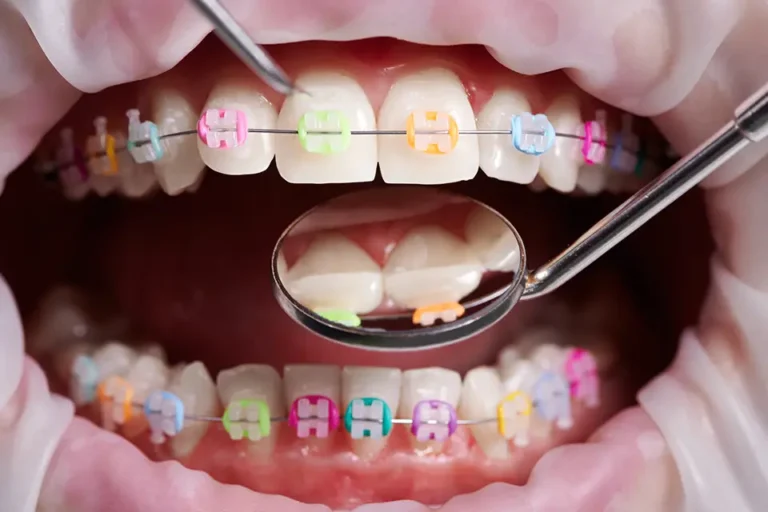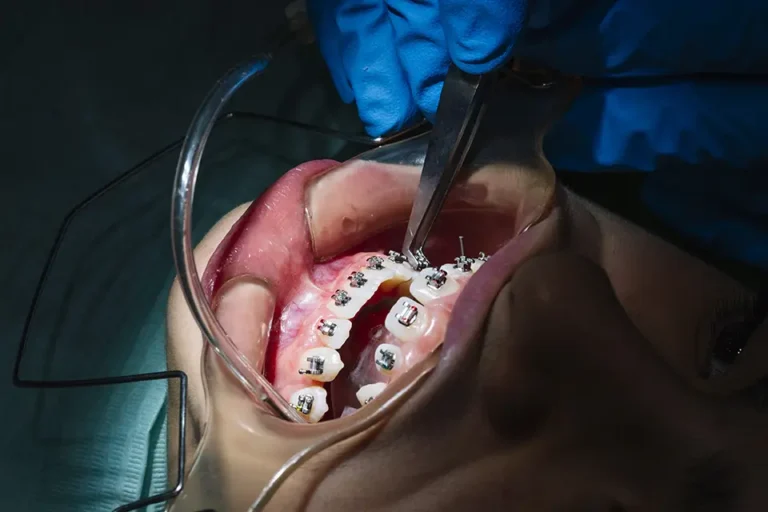Thumbs are comfort. For toddlers and preschoolers, a quick suck can smooth big feelings and help them fall asleep. Most kids let the habit fade on its own—but when pediatric thumb-sucking sticks around with enough force and frequency, it can start nudging jaw growth and tooth position off course. At Zara Dental in Houston, we help families tell the difference between “still normal” and “time to guide it,” and—when needed—create a gentle, stepwise plan that protects developing smiles.
What Counts as Normal Pediatric Thumb-Sucking?
In the first few years, occasional soothing—especially around naps and bedtime—is common and usually harmless. Risk rises when the habit continues daily past age four to five, shows obvious suction (you can see the cheeks working), or persists as the permanent front teeth erupt. If you’re unsure, a brief exam lets us check growth patterns, breathing, and bite so you know where your child stands.
Pediatric Thumb-Sucking: Early Signs It's Affecting Growth
Before we talk solutions, it helps to spot the red flags. If you notice the patterns below, the habit may be shaping the bite rather than merely soothing.
- Open Bite in Front — The top and bottom front teeth don’t meet, making it harder to bite foods or pronounce some sounds.
- Forward-tilted Incisors (Overjet) — Upper front teeth tip forward, increasing the risk of chips.
- Narrow Palate/Crossbite — A V-shaped upper jaw or back teeth that bite “inside” the lowers.
- Mouth-breathing & Low Tongue Posture — The tongue sits low, lips stay open, and nasal breathing habits lag behind.
- Skin and Gum Irritation — Chapped thumbs, sore front gums, or calluses from frequent sucking.
The Jaw Story: Thumb Sucking Dental Effects You Can See
Why does a small thumb make a big difference? Growing faces are remarkably moldable. Persistent pressure from the digit and altered tongue posture can narrow the upper jaw (the palate), flare the upper front teeth, and interrupt the way front teeth meet—classic thumb sucking dental effects. The tongue also tends to sit low when a thumb claims the palate “parking space,” which can reinforce mouth-breathing. The encouraging news: in the mixed-dentition years (when baby and adult teeth overlap), growth is equally moldable in the right direction—if we guide it.

Pediatric Orthodontics Thumb Sucking: When to Step In
Intervening doesn’t have to be dramatic. Think gentle coaching first, then add structure if the habit won’t budge or bite changes are advancing.
- Age 3–4: Begin habit shaping—praise, routines, and comfort substitutes.
- Age 4–5: If the habit is daily or intense, schedule an evaluation; we’ll check bite, palate width, and breathing.
- Age 6–7: As permanent incisors emerge, persistent pediatric orthodontic thumb sucking issues are more likely to shift teeth—this is a common window for guided growth.
- Any Age with Rapid Change: If you suddenly see a gap in front or a crossbite forming, earlier guidance helps.
A short visit clarifies whether reassurance, coaching, or early orthodontic support is the right next step.
How We Evaluate Pediatric Thumb-Sucking at Zara Dental
We start with listening: when the habit shows up, what helps, what hasn’t. Then we examine growth and function—palate shape, front-to-back bite, tongue posture, lip seal, and breathing route. Photos and simple measurements help us track change over time. If the habit looks mild and the bite is stable, we’ll stick with coaching and watchful waiting. If changes are underway, we’ll outline a light-touch plan to redirect growth while your child still has big remodeling potential.
Habit Correction Devices: Child-Friendly Options and What to Expect
When coaching alone isn’t enough—or changes are progressing—habit correction devices can provide the quiet nudge kids need. Here’s how they work and what families usually notice.
- Palatal Crib — A small, custom barrier that makes suction difficult, breaking the reflex during rest and sleep.
- Bluegrass Appliance — A smooth, spinable bead cues the tongue to rest up and forward (thumb out, tongue up).
- Fixed Reminder Variants — Customized designs chosen for comfort and clarity of purpose.
What to expect: Most children adapt within days. We typically review monthly for 3–6 months, coach brushing around the bands, and limit sticky sweets. Families often see the habit fade within weeks; the extra months reinforce the new default and protect gains.
Coaching First: A Gentle Path to End Pediatric Thumb-Sucking
We always start with the least intrusive tools—because motivation matters. Together we map the habit’s “why, when, and where,” then swap in calmer routines: a bedtime script, a fidget for car rides, a small reward chart for story time wins. We frame progress in positives (“you made it through bath time without it!”), not shame. When children feel supported—not scolded—they’re far more likely to let go of the habit and keep healthy tongue and lip posture afterward.
Life at Home: Tips That Make Progress Stick
Before the bullets, a quick note: tiny, repeatable steps beat big, one-time efforts. These ideas keep the momentum going long after the novelty wears off.
- Replace the Cue, Not Just the Thumb — Offer a soft cloth or fidget at the exact moments your child usually sucks (bed, screens, car).
- Make Comfort Visible — A small bedside “calm kit” (book, toy, lotion) cues the new routine.
- Keep Lips Together, Tongue Up — Practice “lips closed, breathe through your nose” games; celebrate 10–20-second wins.
- Protect Sleep — Calm, predictable bedtime lowers the urge to self-soothe with the thumb.
- Check in Weekly — Quick mirror checks for open bite or flaring help you spot changes early and adjust the plan.
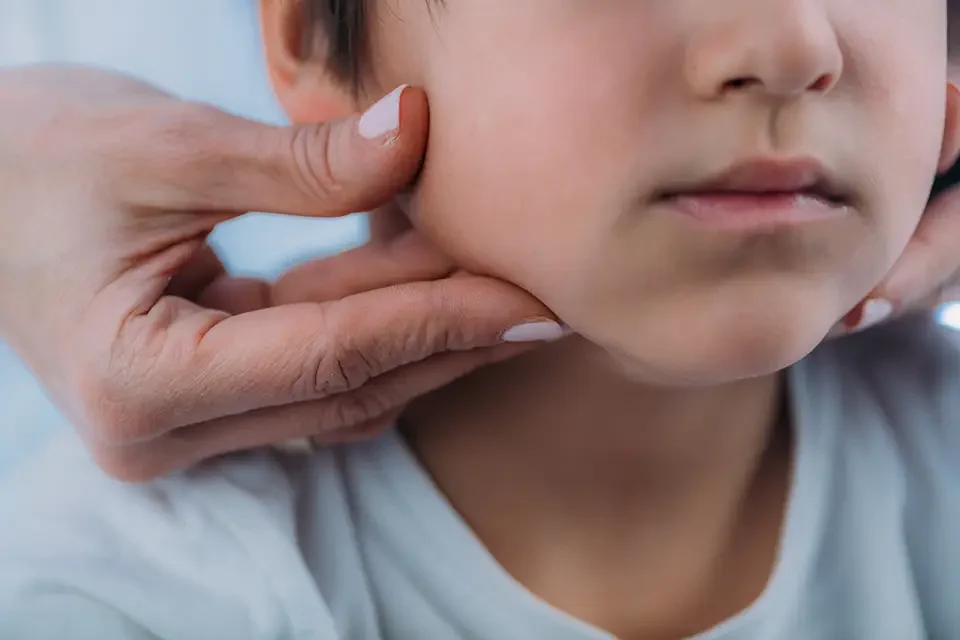
Reversing Early Thumb Sucking Dental Effects
Many mild changes soften once the habit stops. When bite patterns need extra help, we may add growth-guidance steps—gentle expansion to widen a narrow palate, limited braces or clear aligners to fine-tune tooth position, and myofunctional follow-through so tongue and lips support the new alignment. The sequence is deliberate: stop the habit → support healthy function → correct what remains. That order yields steadier, longer-lasting results.
A Gentle Next Step with Zara Dental (Houston)
If you’re seeing persistent pediatric thumb-sucking, a widening gap in front teeth, or a narrow, V-shaped palate, let’s take a calm, no-pressure look. We’ll explain what’s normal, what’s changing, and whether coaching alone—or coaching plus habit correction devices—fits best. Where needed, we’ll plan pediatric orthodontics thumb sucking support to guide growth while your child’s smile is most adaptable.
Call or book online with Zara Dental in Houston to schedule a child-friendly assessment. Together, we’ll protect jaw development, undo early thumb sucking dental effects, and help your child build confident, comfort-first habits—thumbs up, thumbs out.
FAQs on Pediatric Thumb-Sucking
What age is "too old" for the habit?
There’s no single cutoff, but daily sucking past age four to five—especially with force—deserves a bite check.
Will teeth self-correct once the habit stops?
Often, yes. In mixed dentition, mild open bites and flaring can improve with growth and better tongue posture.
Do appliances hurt?
They’re designed to be comfortable. Expect a few days of “new feel,” then most kids forget they’re there.
How long does an appliance stay in?
Typically 3–6 months, with quick monthly reviews to confirm the habit has truly faded.



